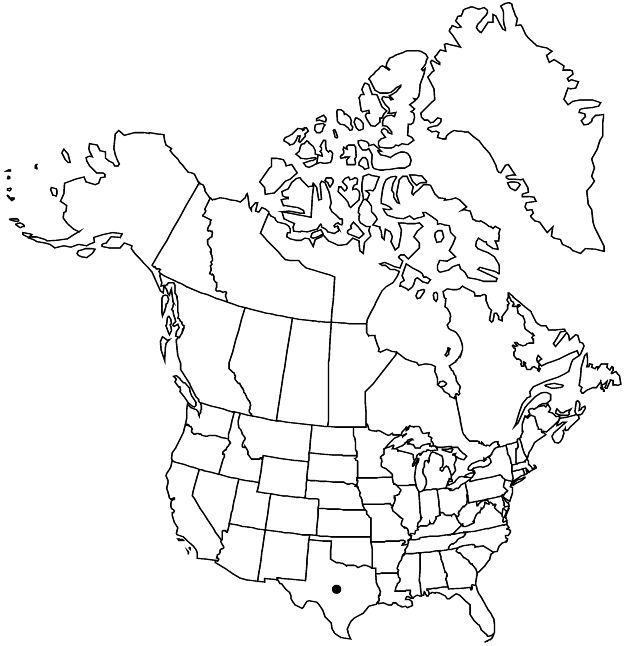Difference between revisions of "Viola guadalupensis"
Sida 14: 1, fig. 1. 1990.
imported>Volume Importer |
imported>Volume Importer |
||
| Line 57: | Line 57: | ||
|publication year=1990 | |publication year=1990 | ||
|special status=Conservation concern;Endemic | |special status=Conservation concern;Endemic | ||
| − | |source xml=https:// | + | |source xml=https://bitbucket.org/aafc-mbb/fna-data-curation/src/2e0870ddd59836b60bcf96646a41e87ea5a5943a/coarse_grained_fna_xml/V6/V6_222.xml |
|genus=Viola | |genus=Viola | ||
|species=Viola guadalupensis | |species=Viola guadalupensis | ||
Latest revision as of 22:19, 5 November 2020
Plants perennial, caulescent, not stoloniferous, 1–10 cm. Stems 1–5, decumbent to erect, leafy proximally and distally, glabrous, on caudex from fleshy rhizome. Leaves cauline; stipules lanceolate to ovate- or oblong-lanceolate or linear, margins sparingly glandular-fimbriate, apex acute; petiole 2–6 cm, glabrous; blade ovate to ovate-deltate or ovate-lanceolate, 1.2–2.4 × 0.7–1.3 cm, base broadly cuneate to rounded or truncate, margins entire or with 1–3 crenations on proximal 1/2, eciliate, apex acute to rounded, surfaces glabrous, sometimes with a few short hairs on veins abaxially. Peduncles 3.5–6 cm, glabrous. Flowers: sepals linear to linear-lanceolate, margins eciliate, auricles 0.5–1.5 mm; petals deep lemon-yellow adaxially, upper 2 reddish brown abaxially, lateral 2 and lowest dark brown-veined basally, lateral 2 bearded, lowest 7–11 mm, spur yellow, gibbous, 1–1.4 mm; style head bearded; cleistogamous flowers absent. Capsules ovoid, 3–4.5 mm, glabrous. Seeds light brown, ± 2 mm. 2n = 24.
Phenology: Flowering May.
Habitat: Openings and narrow ledges on limestone rock faces
Elevation: 2600 m
Discussion
Of conservation concern.
Viola guadalupensis is known only from the eastern rim of the Guadalupe Mountains in Culberson County. Powell and Wauer noted that it is the only yellow-flowered violet known in the Guadalupe Mountains and appears to be related to V. nuttallii and V. vallicola. K. W. Allred (2008) stated that a report of this species in New Mexico by J. T. Kartesz and C. A. Meacham (1999) requires verification. K. Haskins (pers. comm.) reported that experiments are currently being conducted to propagate plants of V. guadalupensis via cell tissue culture.
Chloroplast (trnL-F spacer) and low-copy nuclear gene (GPI) phylogenies indicate that Viola guadalupensis is an alloploid that originated through hybridization between an unidentified member of subsect. Canadenses (the paternal parent) and a member of the V. nuttallii complex
(the maternal parent), of sect. Chamaemelanium (T. Marcussen et al. 2011). Evidence reported by these authors from a fossil-calibrated relaxed clock dating analysis showed the estimated maximum age of V. guadalupensis to be (5.7–)8.6(–11.6) million years.
Selected References
None.
